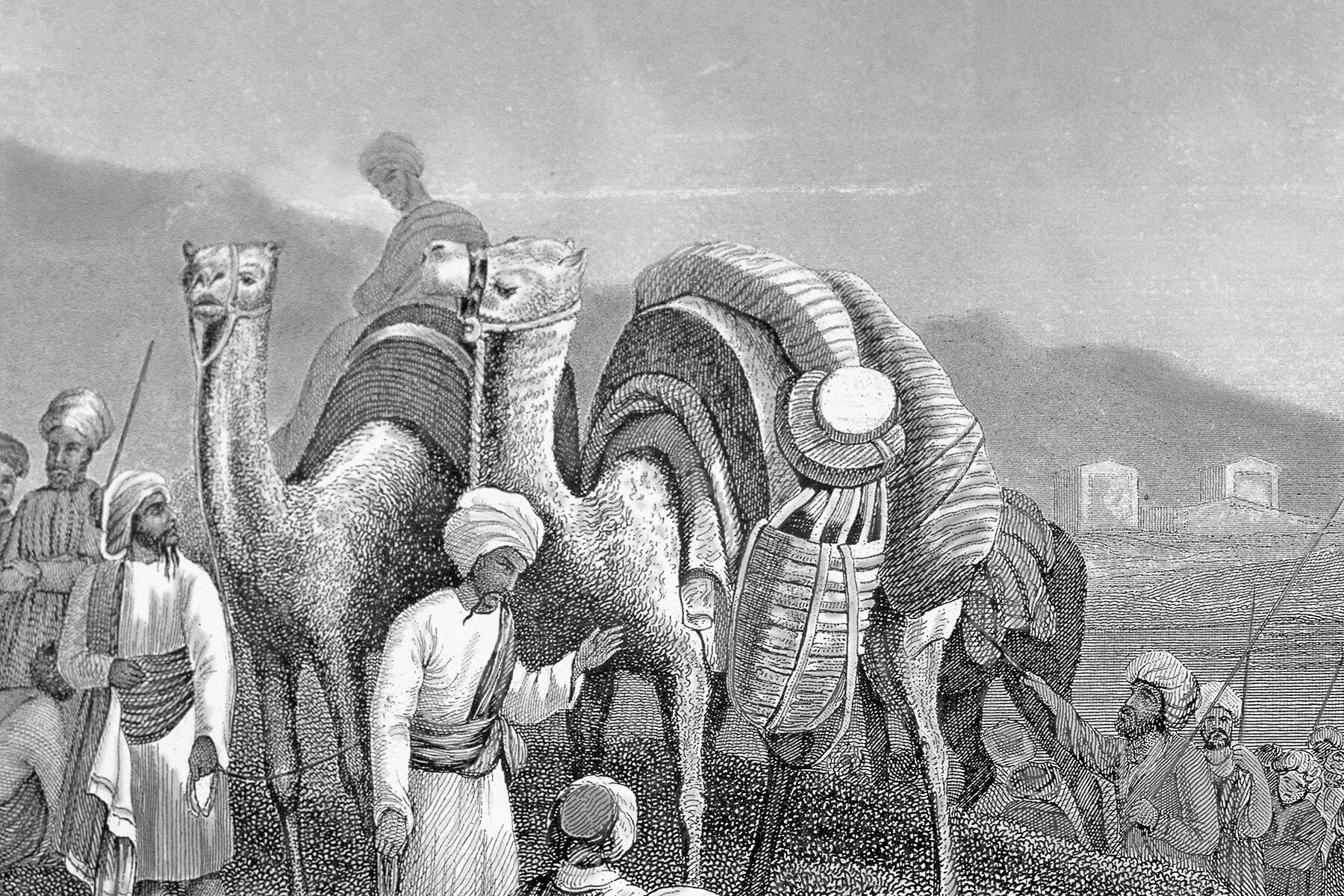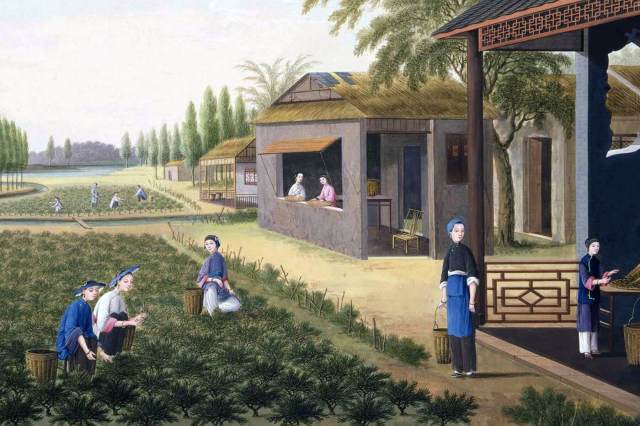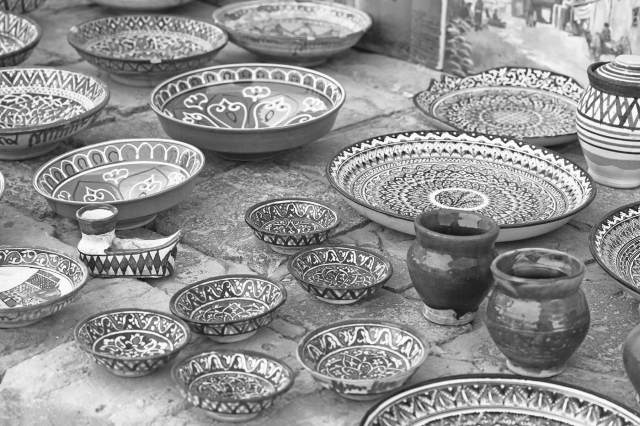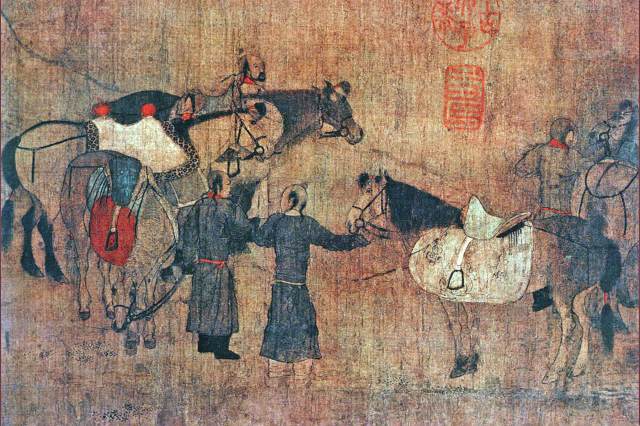The Most Popular Things Traded on the Silk Road
Though it’s often thought of as a single trail, the Silk Road was actually a vast network of trade routes spanning multiple centuries and continents, connecting cultures as far as 6,000 miles away from each other. The network started around 138 BCE, when Han dynasty China sent out an envoy to make trading connections with other Asian countries. Over the next two centuries, trade routes extended westward through the Indian subcontinent, the Syrian desert, and the Arabian Peninsula, all the way to Greece and Rome. Some of these connections were made over land, but many were made by sea, too. This vibrant network lasted around 1,500 years, ending in 1453 CE when the Ottoman Empire closed off trade with the West — but not before the global exchange of goods and ideas changed the course of history. Here are seven of the most influential and sought-after things that were traded on the Silk Road.
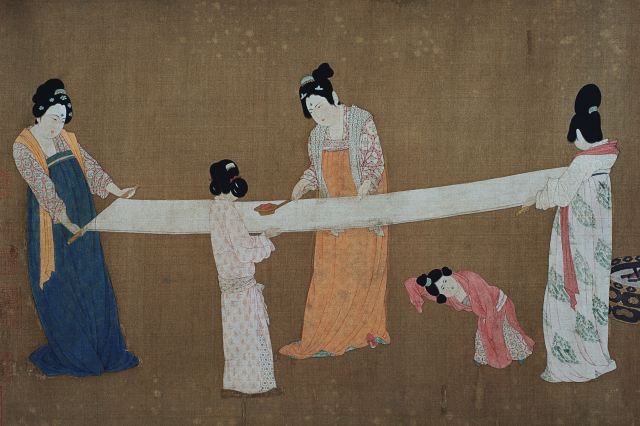
Silk and Other Textiles
Craftspeople in China had been raising silkworms and working with silk for thousands of years before the luxurious textile became a valuable commodity. Silk was so prized in ancient Rome that one 19th-century German geographer named the Silk Road after the coveted material. Silk reached India in the second century BCE, and in the third century CE, Persia became a major silk-trading hub that connected Europe to East Asia. The trade route spread the popular textile around the world, paving the way for the complex woven patterns of Byzantium and Iran. Silk production, however, remained a closely guarded secret in Asia even after Byzantine Emperor Justinian I had silkworms smuggled over in bamboo tubes.
Silk wasn’t the only fiber that changed hands along the Silk Road, however. Hemp, cotton, and wool were all popular items as well. The cultural exchange also included finished fabric and weaving techniques. Different types of clothing traveled between nations, too; trousers, which made horseback riding easier, originated in Mongolia, and various sorts of woven belts evolved throughout the era.





